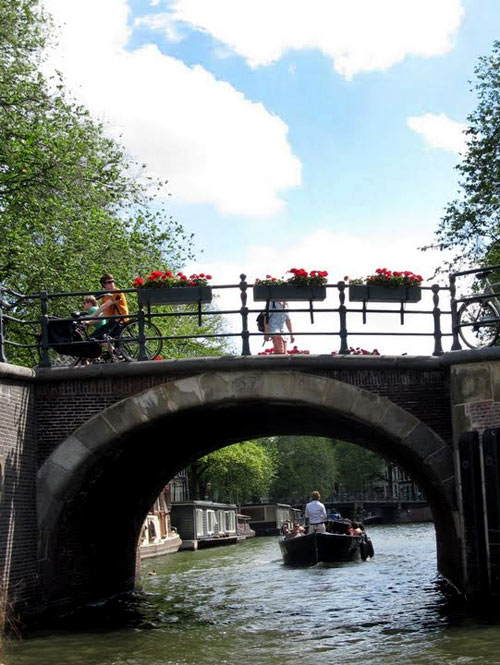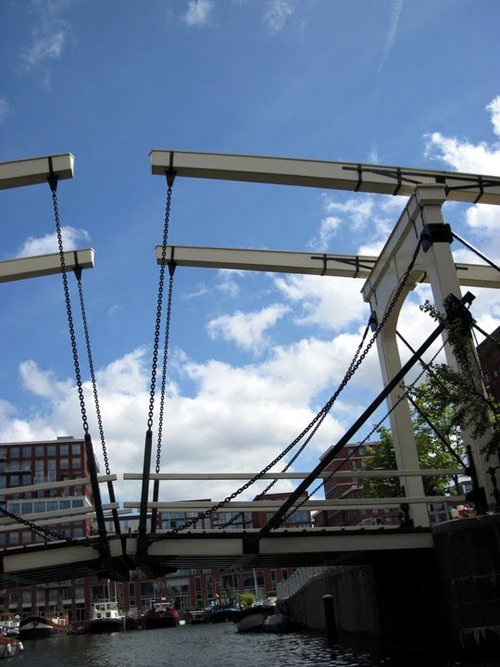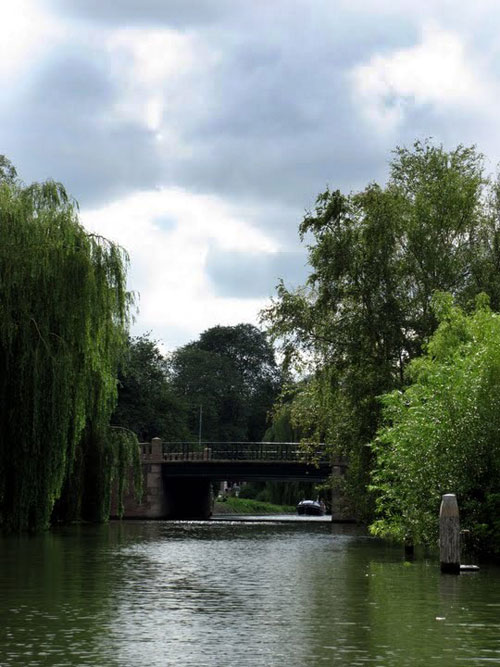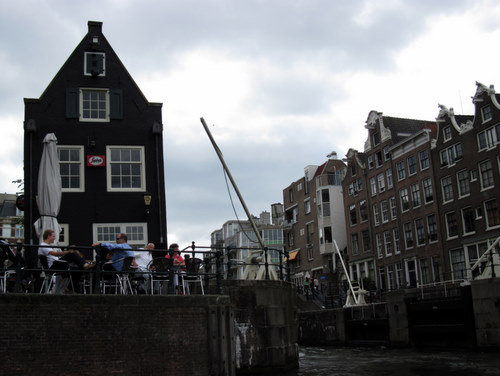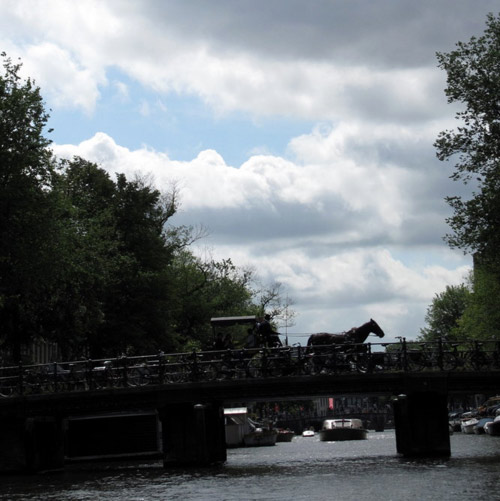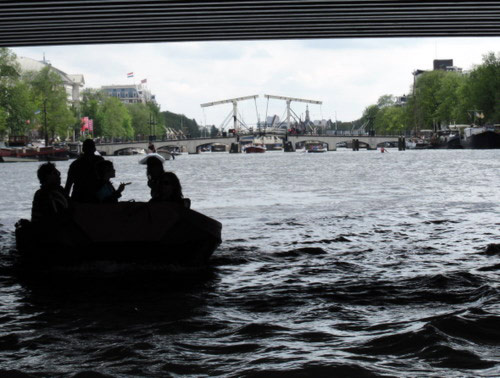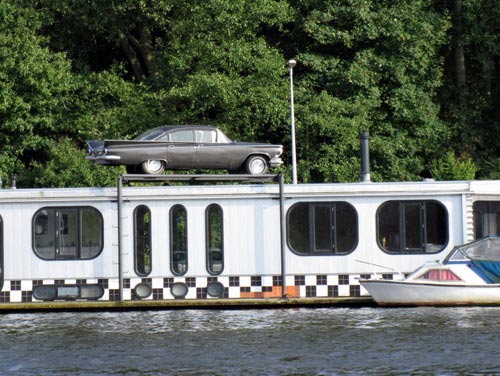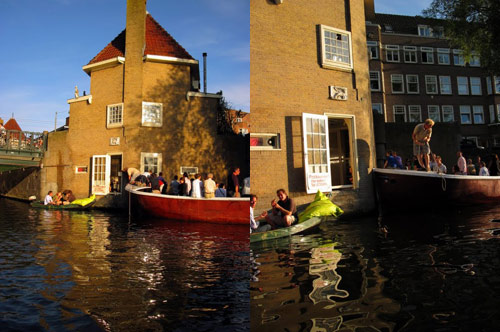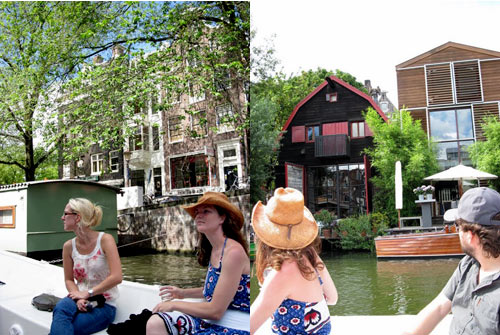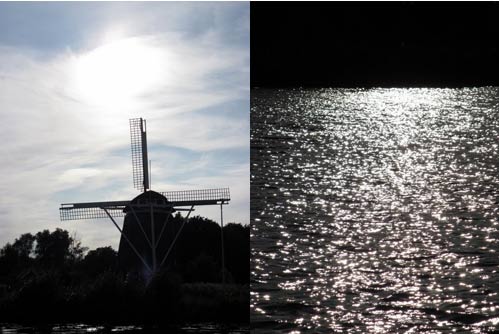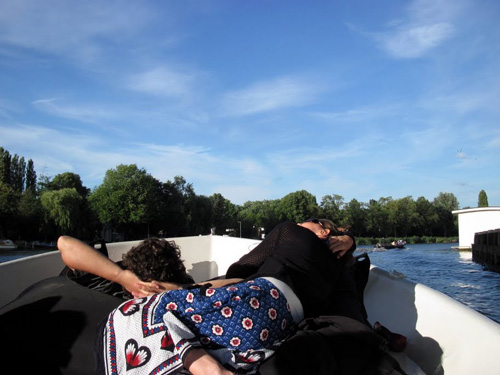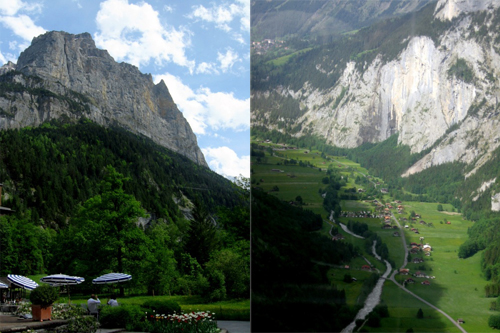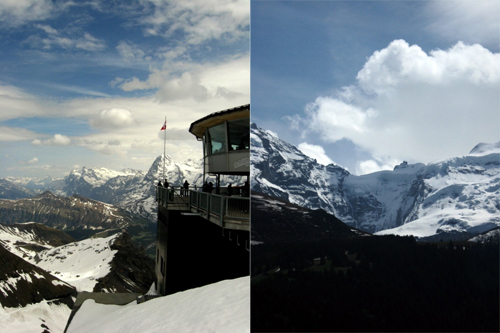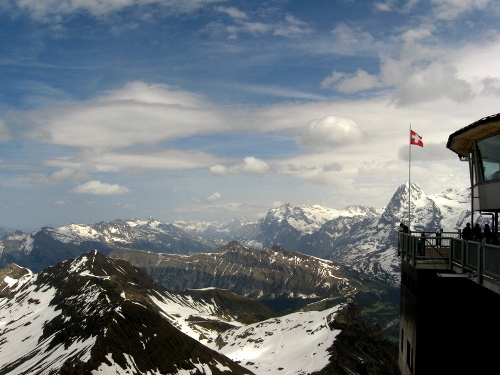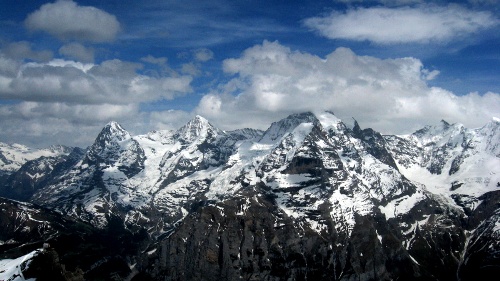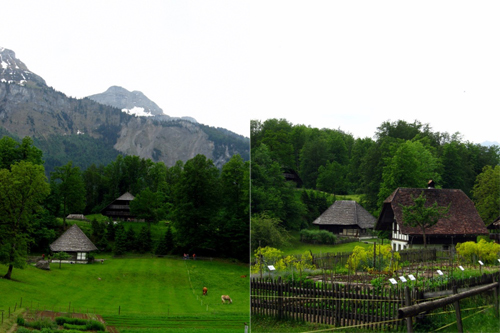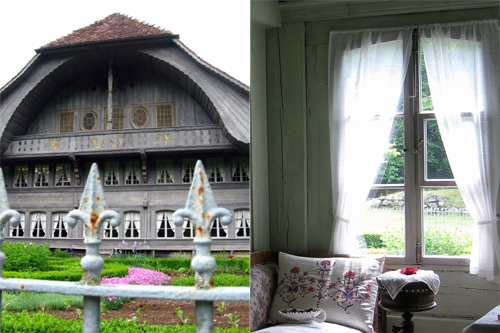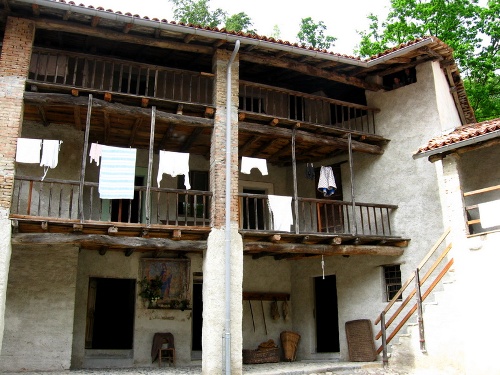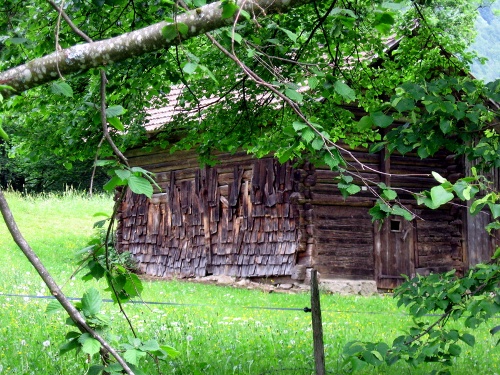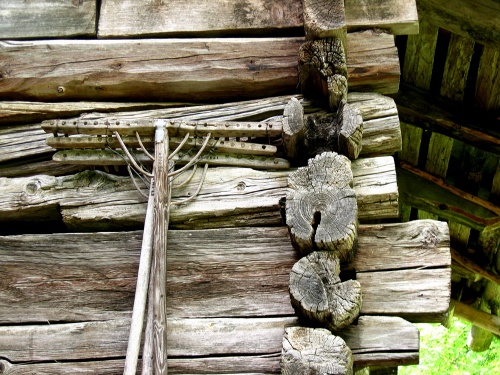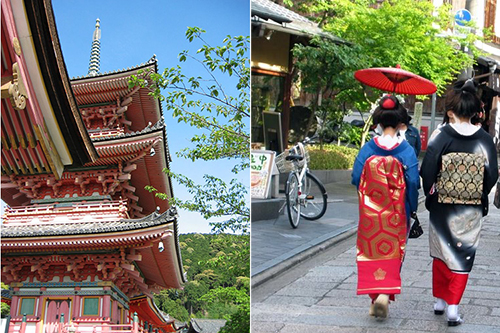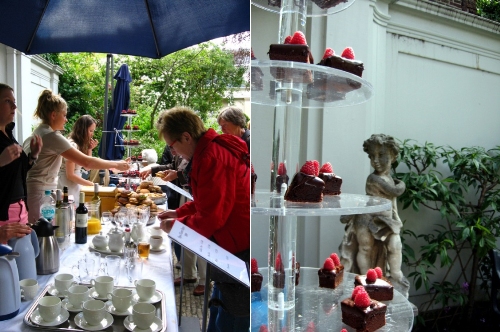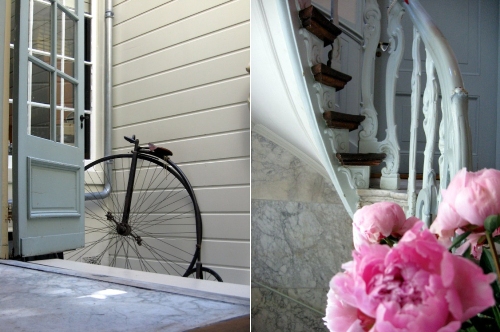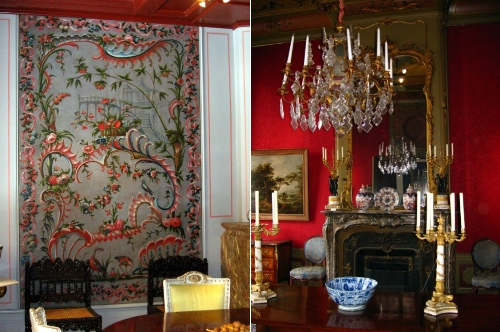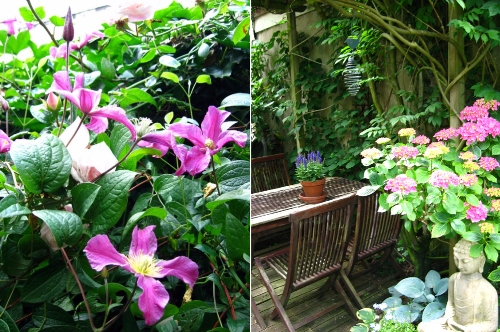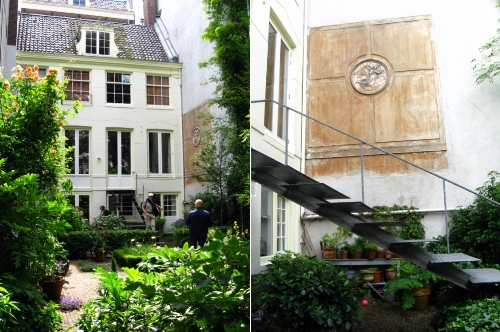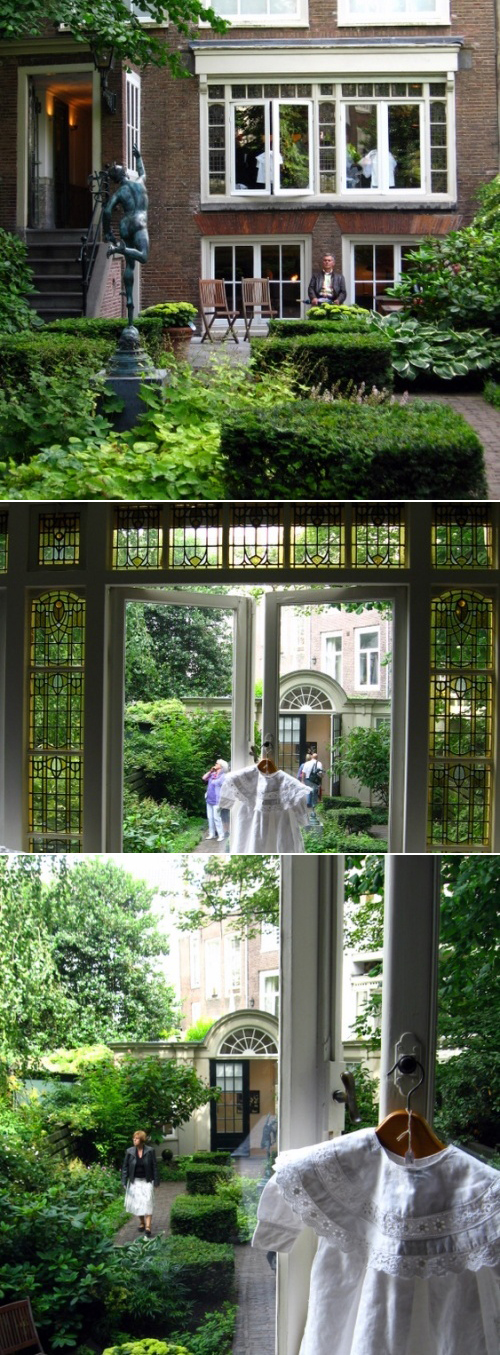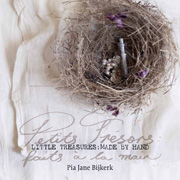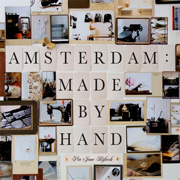
Autumn has arrived in Amsterdam, just this week. The leaves are turning and starting to fall, and there is a chill in the mornings that wasn’t there last week. There is a new series on the BBC I’m watching, called The Frankincense Trail, following Kate Humble along the ancient trading route of the sweet incense from Oman through the Middle East to the Holy Lands. The sights and sounds of her journey reminded me so much of my own first introduction to the Arabic world.
I arrived in Amsterdam in the middle of a wintry January. While I was semi-prepared, it was still a shock to substitute the sticky, tropical heat of high Summer in Queensland with the dark, damp cold of an Amsterdam Winter. It’s a different prospect transplanting yourself into winter – you don’t have a gradual autumn to get used to it! And as a Queenslander I had little experience of the European winter. Before I left, I had made contingency plans to alleviate the winter-itis I was sure would set in after the novelty wore off – I booked a 2 week holiday in Morocco.
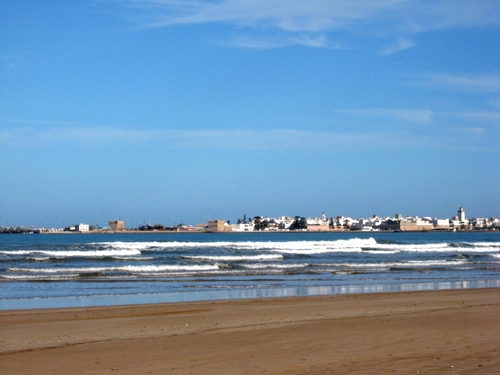
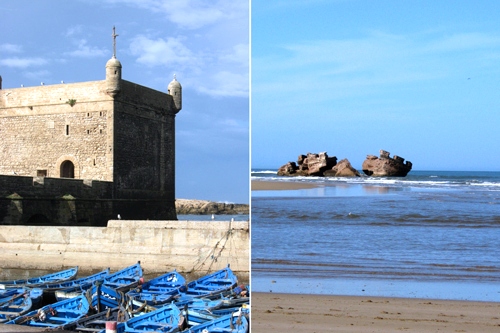
This was greeted with immense surprise by my friends and family in Australia. For Europeans, Morocco is a recognised holiday destination, but for Australians it is virtually unheard of. I was seeking warmth, and was drawn to the exotic image and saturated colour of Morocco. When I was a child I lived with my family for 2 years in India, and while I love the serene, cool whites and pastels of the European aesthetic, every now and then I crave the intense blues, mustard yellows and vivid purples of warmer climates. I found them in spades in Morocco.
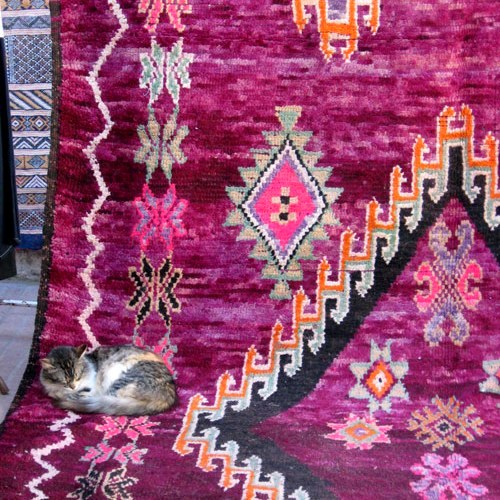
In 2 weeks we managed to cover quite a cross-section of this beautiful, wild and untouched country. While I am not usually a tour-group traveller, this time I was immensely grateful for the knowledge and access granted by the presence of our local guide and small group. Nevertheless, after 10 days of the dusty, rocky, endless interior deserts, the first glimpse of the bay of Essaouira appearing on the horizon caused a frisson of excitement in the group.

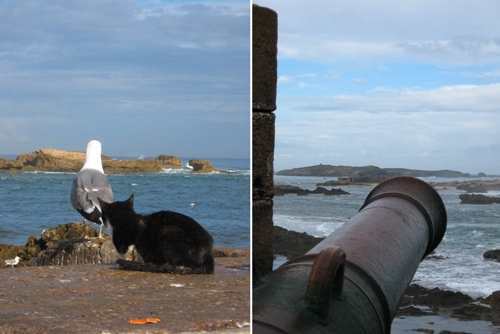

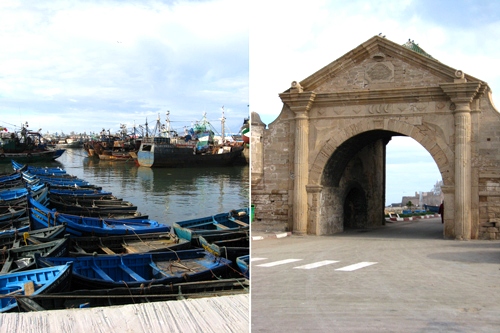
This beautiful, ancient, World Heritage listed port, with it’s Portuguese ramparts and whitewashed mud-brick Medina is a charming, blissfully relaxed town which feels like it’s permanently on holidays. I’m told that in summer its quiet riads and blue-doored villas overflow with an influx of tourists from Europe, and it is a particular favourite with the French. If you’re a Shakespeare fan, you might recognise the alleyways – they starred in Orson Welles’ 1952 film Othello.
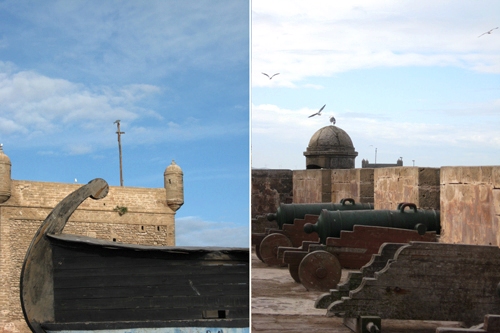

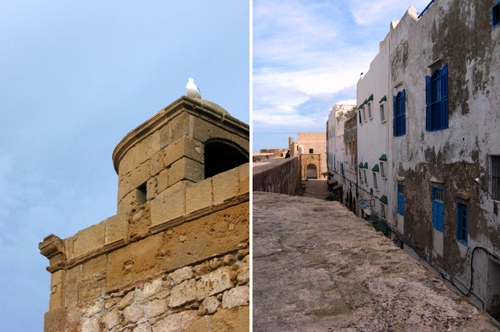
Sitting in the sunny central square in the middle of February, with the balmy sea breeze wafting by, and enjoying fantastic Italian gelati at the price of 20 euro cents per scoop, it was hard to imagine it teeming with French tourists. Most of the older, beautiful town houses in the Medina are also owned by foreigners, pushing the prices well beyond the average local. I can see why they are drawn to own a piece of this haven – how could you resist retreating from the heat of the beach to the cool behind those beautiful doors and shutters?!
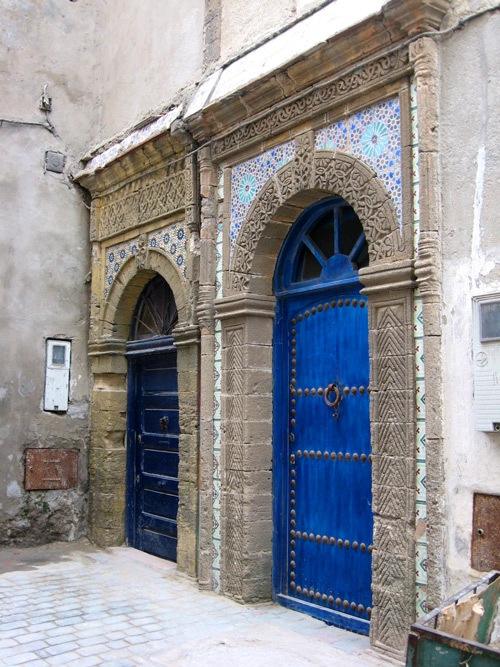

After fresh fish and seafood grilled straight from the ocean, and more of that gelati (I think I made it through nearly every flavour – believe me, we ate there several times a day!), we took evening strolls through the colourful market streets, open late and twinkling in the twilight. Despite its reputation as a hippie destination, there is more to the trading centre than the touristy tee-shirts and flip-flops. The port still functions as a small, but bustling fish market, and the town is renowned as a cultural centre for painters, wood carvers and musicians. The souks are as relaxed and easy-going as the rest of the town – the hard-sell of the busier cities is easily avoided here.
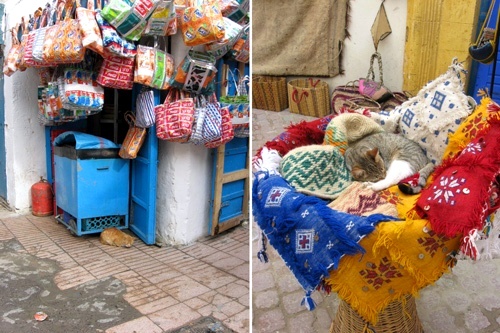

Mogodor Island and the Iles Purpuraires, just beyond the ramparts, sealed the port’s ancient prosperity through the availability of the murex shell: the tiny, rare mollusc responsible for the royal purple dye that coloured the robes of the Roman Emperors. The port was an important trading post along the ancient caravan routes from sub-Saharan Africa for thousands of years.
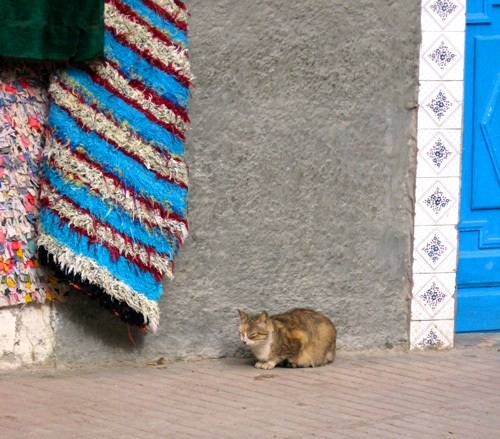

You might have noticed another recurring feature of my photographs: Morocco, like many Islamic countries, is a region where the street dogs of other poorer nations are nowhere to be seen. Our guide told me that Muhammad apparently decreed that only shepherds should keep dogs; and where there are no dogs there will always be cats. In a fishing port, of course, they have found their niche (and plenty of cosy places to curl up!).
all text and photographs by zoë yule



